pbisfun
TPF Noob!
- Joined
- Jan 19, 2010
- Messages
- 32
- Reaction score
- 0
- Location
- Texas
- Can others edit my Photos
- Photos NOT OK to edit
I am just starting out I have a 50D 55-250mm lens two cheep moon lights with model lamp with soft box (light is either full or half) I have been working with the camera and reading lots of books for over a year I am getting some good portrait shots but could use help with the lighting. I have 1200 dollars to spend and I would like to try and start making a little money on the side. I know I could use a better lens but I all so need other stuff. I would all so like to try my hand at local sporting events.
group 1
Photo editing software (adobe Photoshop $100.00)
Light Meter (Sekonic L-358 $259.00)
On camera flash (Metz mecablitz 58AF $399.95)
Web sight and template (&100.00)
Collapsible back drop for travel (8X16 129.95)
Or
group 2
Used Canon 70-200mm f/2.8 none IS lens 900.00
Do I buy group 1 and try and start making some cash on the side or do I buy the lens and wait a year until I can buy the rest of the stuff. im leaning towards group 1
group 1
Photo editing software (adobe Photoshop $100.00)
Light Meter (Sekonic L-358 $259.00)
On camera flash (Metz mecablitz 58AF $399.95)
Web sight and template (&100.00)
Collapsible back drop for travel (8X16 129.95)
Or
group 2
Used Canon 70-200mm f/2.8 none IS lens 900.00
Do I buy group 1 and try and start making some cash on the side or do I buy the lens and wait a year until I can buy the rest of the stuff. im leaning towards group 1


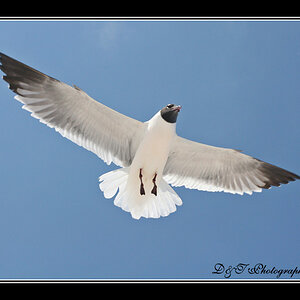
![[No title]](/data/xfmg/thumbnail/36/36603-a830ccec573081105d6aafcccc650605.jpg?1619737642)
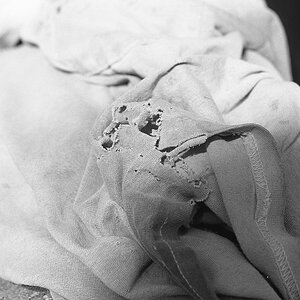

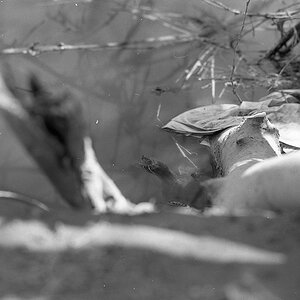
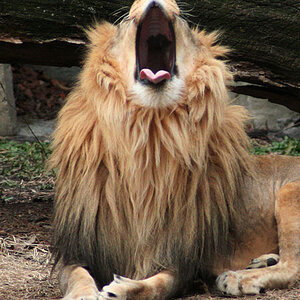
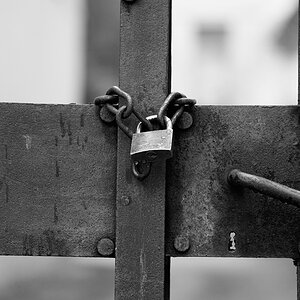
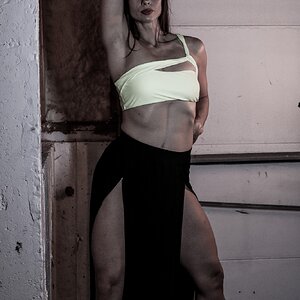
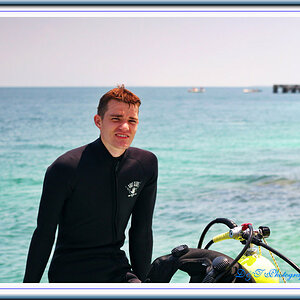
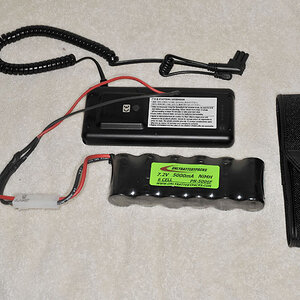
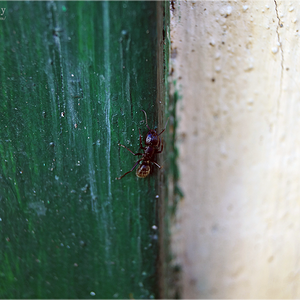
![[No title]](/data/xfmg/thumbnail/33/33024-f9a0cb6482030fec791845de1a21c82a.jpg?1619735837)